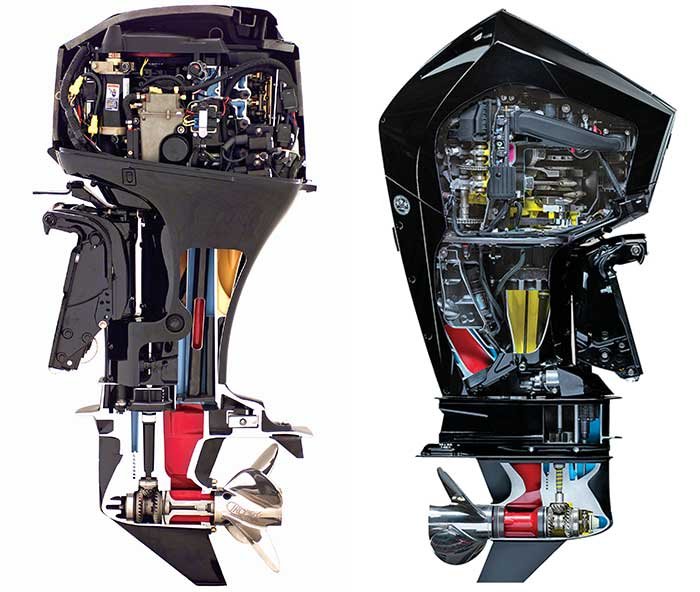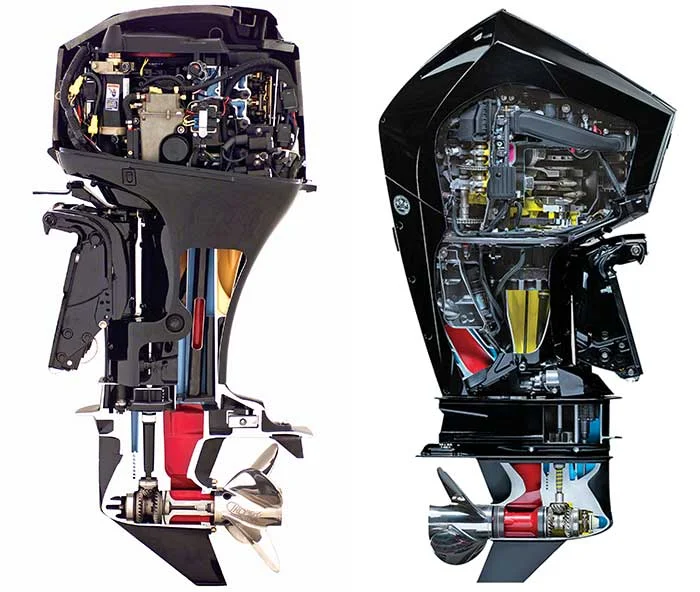Exploring Yamaha Outboard Motors: A Comprehensive Guide
Yamaha is a name synonymous with quality and innovation in the world of outboard motors. Renowned for their reliability, performance, and advanced technology, Yamaha outboards have established themselves as a top choice for boating enthusiasts across the globe. Whether you’re a seasoned mariner or a weekend sailor, understanding the features and benefits of Yamaha outboard motors can help you make an informed decision for your boating needs. In this blog post, we’ll dive into the various types of Yamaha outboard motors, their key features, and tips for selecting and maintaining the right motor for your boat. Yamaha Outboard Motors
The Legacy of Yamaha Outboard Motors
Yamaha’s foray into the marine industry began in the early 1960s, and since then, the company has built a reputation for producing high-quality outboard motors. Yamaha’s commitment to innovation and excellence has led to numerous advancements in outboard motor technology, making them a preferred choice for both recreational and professional boating.
Types of Yamaha Outboard Motors
Yamaha offers a diverse range of outboard motors designed to meet various needs, from small dinghies to large offshore boats. Here’s an overview of the different types of Yamaha outboard motors:
1. Portable Outboard Motors
Yamaha F2.5 and F4
Yamaha’s portable outboard motors are designed for small boats, dinghies, and inflatable crafts. Models like the F2.5 and F4 are compact, lightweight, and easy to transport, making them ideal for casual boating and fishing trips. Despite their small size, these motors deliver reliable performance and fuel efficiency. Yamaha Outboard Motors
- Advantages:
- Lightweight and easy to carry
- Simple maintenance
- Economical fuel consumption
- Features:
- Easy start system
- Adjustable tiller handle
- Integrated fuel tank
2. Mid-Range Outboard Motors
Yamaha F75 and F115
Mid-range outboards like the F75 and F115 are suitable for larger boats and more demanding applications. These motors provide a balance of power, performance, and efficiency, making them ideal for fishing boats, pontoon boats, and recreational vessels. They feature advanced technologies to enhance performance and reduce emissions. Yamaha Outboard Motors
- Advantages:
- Greater power output
- Advanced technology for better fuel efficiency
- Smooth and quiet operation
- Features:
- Electronic Fuel Injection (EFI)
- Variable Trolling RPM Control
- High-thrust propeller options
3. High-Performance Outboard Motors
Yamaha F300 and F425
For those requiring top-tier performance, Yamaha’s high-performance outboards like the F300 and F425 offer impressive power and speed. These motors are designed for offshore boats, sportfishing, and other demanding applications. They are engineered to provide exceptional acceleration, speed, and durability. Yamaha Outboard Motors
- Advantages:
- Maximum power and speed
- Robust construction for harsh conditions
- Advanced features for optimal performance
- Features:
- Digital electronic control system
- High-output alternator
- Multi-function tiller handle for precise control
4. Four-Stroke Outboard Motors
Yamaha F150 and F200
Four-stroke outboards like the F150 and F200 are known for their fuel efficiency, low emissions, and smooth operation. These motors are suitable for a wide range of applications, including recreational boating and commercial use. Yamaha’s four-stroke engines are engineered for reliability and performance.
- Advantages:
- Excellent fuel efficiency
- Reduced emissions and noise
- Low maintenance requirements
- Features:
- EFI technology for better fuel management
- High-performance gearcase
- Corrosion-resistant materials
Key Features of Yamaha Outboard Motors
Yamaha outboard motors are equipped with a range of features designed to enhance performance, reliability, and user experience. Here are some key features that set Yamaha outboards apart:
**1. Yamaha’s Electronic Fuel Injection (EFI) Technology
Yamaha’s EFI technology ensures precise fuel delivery, resulting in improved fuel efficiency, smoother operation, and reduced emissions. EFI-equipped outboards start easily and run efficiently across a wide range of conditions.
**2. Variable Trolling RPM Control
This feature allows boaters to adjust engine speed in small increments, which is particularly useful for fishing or slow-speed cruising. It helps maintain a consistent speed and reduces engine wear during prolonged low-speed operation.
**3. Digital Electronic Control (DEC)
Yamaha’s DEC system provides precise control of the engine’s performance, enhancing acceleration, shifting, and overall operation. It contributes to a more responsive and enjoyable boating experience.
**4. High-Thrust Propellers
Yamaha’s high-thrust propellers are designed to provide better low-speed maneuverability and improved thrust. They are especially useful for heavy loads and challenging conditions, such as launching from a beach or navigating through shallow waters.
**5. Yamaha’s Y-COP Security System
The Y-COP (Yamaha Customer Outboard Protection) security system helps prevent unauthorized use of your outboard motor. It features an electronic key fob that must be activated to start the engine, providing an additional layer of security.
Choosing the Right Yamaha Outboard Motor
Selecting the right Yamaha outboard motor depends on various factors, including your boat type, intended use, and budget. Here are some considerations to help you make an informed choice:
**1. Boat Size and Type
Match the motor’s power and size to your boat’s specifications. Smaller boats may only require a portable or mid-range outboard, while larger boats may benefit from high-performance models.
**2. Intended Use
Consider how you will use the boat—whether for leisurely cruising, fishing, or high-speed activities. Choose a motor with the appropriate power and features to suit your needs.
**3. Fuel Efficiency and Emissions
Evaluate the fuel efficiency and emission levels of the motor. Four-stroke engines generally offer better fuel economy and lower emissions compared to two-stroke engines.
**4. Budget
Factor in both the initial cost of the motor and any additional expenses, such as maintenance and fuel. While high-performance models may have a higher upfront cost, they can offer superior performance and longevity.
**5. Maintenance and Support
Choose a motor from a reputable brand like Yamaha, which offers excellent customer support and a robust network of service centers. Regular maintenance is crucial for ensuring the motor’s longevity and performance.
Maintaining Your Yamaha Outboard Motor
Proper maintenance is essential for keeping your Yamaha outboard motor in optimal condition. Here are some maintenance tips to ensure your motor runs smoothly:
- Regular Oil Changes: Follow the manufacturer’s recommendations for oil changes to keep the engine lubricated and running efficiently.
- Inspect the Propeller: Check the propeller for damage and debris, and ensure it is securely attached. Regularly inspect and replace the propeller as needed.
- Flush the Cooling System: After each use, flush the cooling system with fresh water to remove salt and debris. This helps prevent corrosion and overheating.
- Check the Fuel System: Inspect the fuel lines, filters, and carburetor or fuel injectors for any clogs or damage. Regularly clean or replace filters as needed.
- Store Properly: During the off-season, store your outboard motor in a dry, sheltered location. Tilt the motor up to prevent water from entering the lower unit.
Conclusion
Yamaha outboard motors are a top choice for boaters seeking reliability, performance, and innovation. With a range of options to suit different needs, from portable motors to high-performance engines, Yamaha offers something for every type of boating enthusiast. By understanding the various types of outboard motors, their key features, and maintenance tips, you can make an informed decision and enjoy a superior boating experience with Yamaha’s advanced technology and quality craftsmanship. Whether you’re cruising the open seas or fishing in local waters, Yamaha outboards provide the power and reliability you need to make the most of your time on the water.








